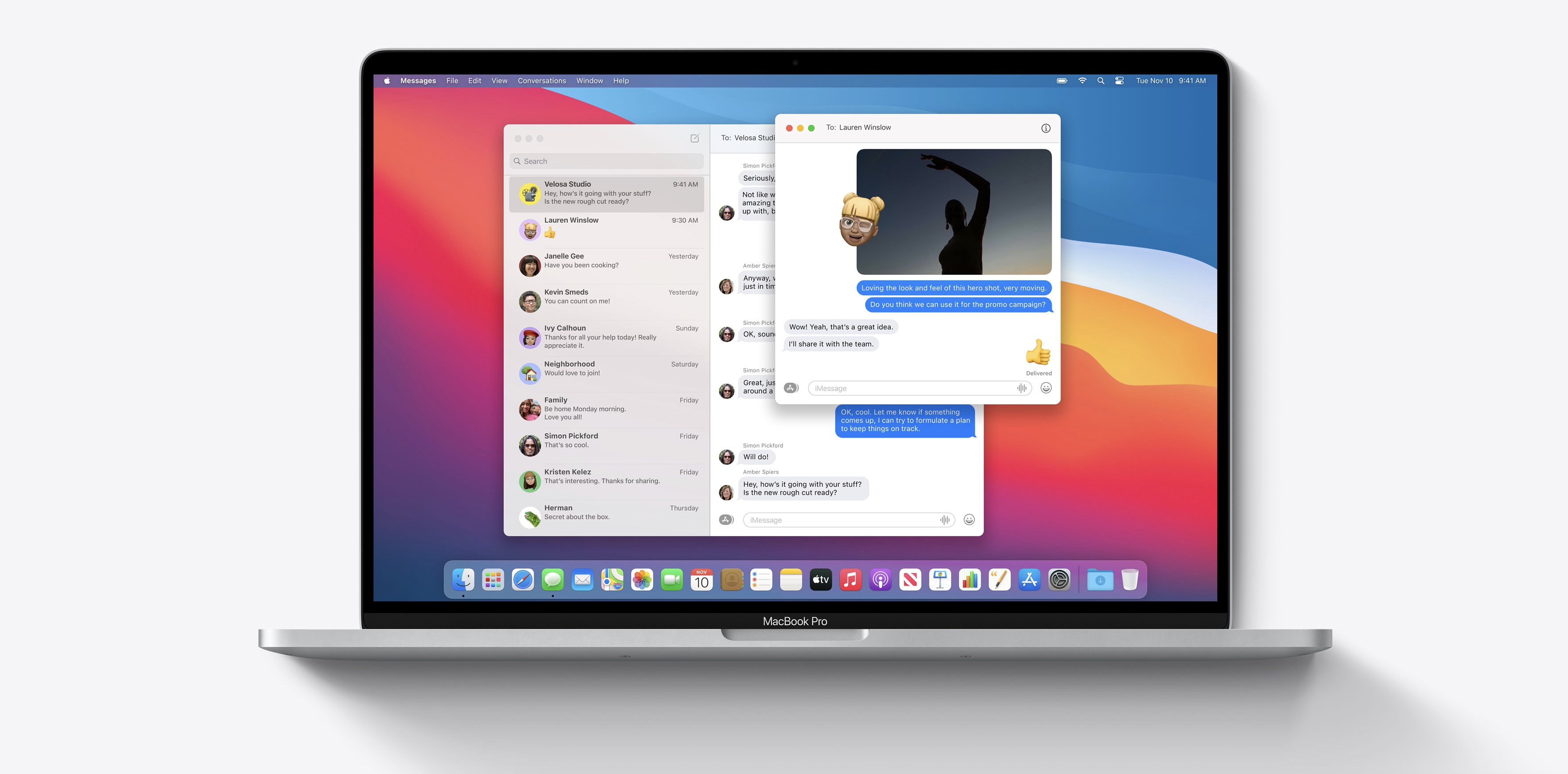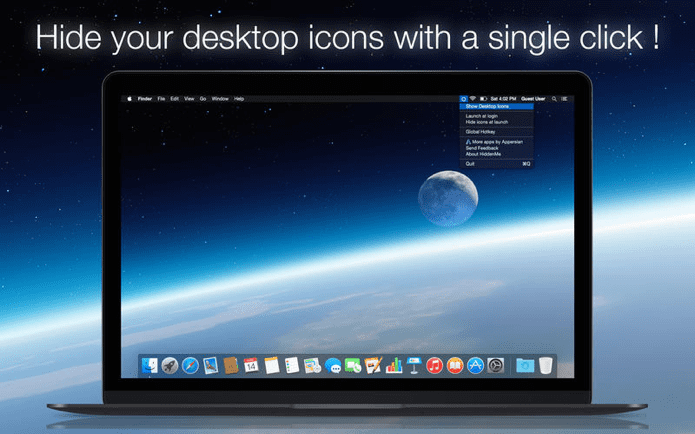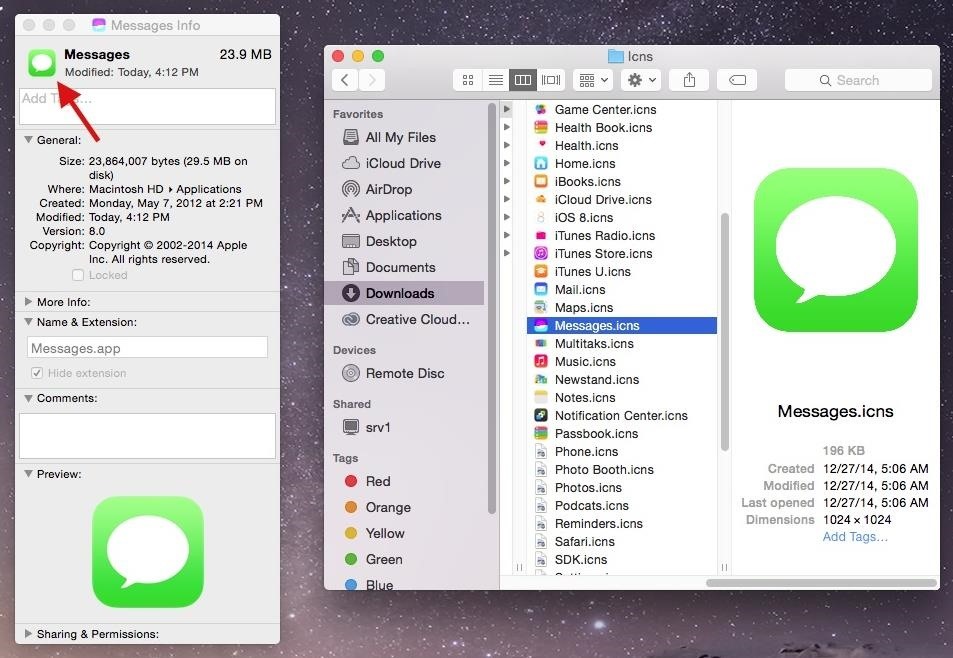
- #HOW TO GET APPS ON THE MAC DESKTOP ICONS HOW TO#
- #HOW TO GET APPS ON THE MAC DESKTOP ICONS MAC OSX#
- #HOW TO GET APPS ON THE MAC DESKTOP ICONS MOD#
- #HOW TO GET APPS ON THE MAC DESKTOP ICONS TRIAL#
- #HOW TO GET APPS ON THE MAC DESKTOP ICONS DOWNLOAD#
As translucent menu bars can prove to be quite difficult to read with some desktop images, this option is very handy. Open the Desktop & Screensaver preference pane, and check or uncheck the Translucent Menu Bar option. When Apple released OS X Leopard, its new translucent menu bar proved to be so unpopular, that the option to make the colour solid was added in with the release of 10.5.2.

Sudo defaults write /Library/ Preferences/com.apple. Sudo defaults write /Library/ Preferences/ LoginwindowText "Your Message" To add a message to your login screen, in the Terminal (Applications > Utilities), type: Alternatively, select Edit Picture to resize your image, choose a picture from your Mac or take a snap with your iSight camera. Now click on your startup icon and select a new one. To change your account icon, open System Preferences and select the Accounts pane.
#HOW TO GET APPS ON THE MAC DESKTOP ICONS DOWNLOAD#
Download desktop wallpapers to your hard drive and navigate to them through the Desktop & Screensaver preference pane, or if you're using Snow Leopard, right- or Ctrl-click in Finder and select Set Desktop Picture from the contextual menu.

Make sure you use the correct size image for your monitor (you can check what size you need in the Display preference pane). There are thousands of wallpapers available online too. You can use a picture stored in iPhoto directly from the Desktop & Screensaver pane, or from iPhoto's Share menu. And if you really wanted, you can even set it up to change the picture at userdefined intervals.īut you're not restricted to using desktop wallpapers supplied with the operating system. If you prefer to work from a plain desktop, you can set it as a solid colour. The easiest way to change over your desktop image is to open up System Preferences (find it under the Apple menu), open the Desktop & Screensaver pane and select one of the designs on offer. It's the icon creator of choice for the professionals. Iconfactory's IconBuilder is a plug-in for Adobe Photoshop or Fireworks. It doesn't scale up to the maximum 512x512 images offered by Snow Leopard, but who actually displays their icons that large anyway?
#HOW TO GET APPS ON THE MAC DESKTOP ICONS TRIAL#
CandyBar 3 costs $29 (about £20), but you get a 15-day, 250-icon trial to evaluate it.įolder Icon X makes it really easy to badge your folders with icons or images.
#HOW TO GET APPS ON THE MAC DESKTOP ICONS MOD#
It's easy to use, and can mod your Dock as well as your icons. You need an icon management app called CandyBar. To remove it, open the Info window and highlight the icon, and press Delete to reset it to the default icon for that file or folder.Ĭhanging system icons such as the Trash and Finder's Dock icon is a trickier proposition. Highlight the icon in the top-left of this window, and press Command+v to paste.
#HOW TO GET APPS ON THE MAC DESKTOP ICONS MAC OSX#
If Mac OSX Hints is to include these, then lets please have them in a separate "useful scripts" section.Now highlight the file or folder you wish to 'badge' with the new icon, and press Command+I again. It's sharing a script you wrote! The only real hint is keep scripting in mind when you want a better workflow, otherwise this won't stop until every single thing you can do on a Mac has a scripted method posted. Saying "write a script to do it" is NOT a hint. I'm pretty fed up with the number of "I know you can do it using the GUI, Terminal, the keyboard, gestures and goodness knows what else, but I know, write a script" type hints here lately. I've argued against people criticizing hints just because they wouldn't use them themselves before now, but that applies to stuff that people may not spot otherwise. I'll bet good money that I can get my mouse to the top right hot corner of my screen, AND then a second time, to show the desktop then bring the windows back, quicker than anyone can click on this icon, wait for the script to run, then click on the screen border. Then select the better icon from its Get Info Window, copy it (Command-C), select the script icon in the other Get Info window, and paste (Command-V).
Select the saved file in Finder and hit Command-I to open the Get Info Window, then do the same for the file with the icon you'd like to use.

Save the script, name it something like Show Desktop, set the File Format to Application, and select the Run Only option in the Save dialog.Open AppleScript Editor (Applications » Utilities » AppleScript Editor in 10.6) and paste in this code: (* Show Desktop AppleScript by Mohan Noone, 2009 *)activate application "Finder"do shell script "/Applications/Utilities/Expose.app/Contents/MacOS/Expose 1" To get out of Exposé's Show Desktop mode, just click anywhere along the darkened screen border. However, be warned: this works only one way - it shows the Desktop, but on clicking again, it does not bring the windows back.
#HOW TO GET APPS ON THE MAC DESKTOP ICONS HOW TO#
Wouldn't it be nice to activate Exposé's Show Desktop mode via an icon on the Dock? Here's how to make one that does just that.


 0 kommentar(er)
0 kommentar(er)
